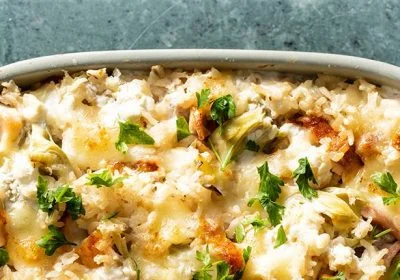No matter what style or flavor is your favorite, our recipe testers assembled our top 10 tips for guaranteed great results. Follow these steps for the best cookies you’ve ever baked, every time.
1. Use room-temperature ingredients
Get eggs and butter out of the fridge early, so they blend better in your cookie dough. Your cookies will have better texture and volume when all the ingredients are evenly incorporated.
2. Measure with the spoon-and-sweep method
Use a spoon to add dry ingredients like flour to a dry (flat-edged) measuring cup, then level off with the back of a knife. This method gives you the right amount of flour for the recipe, so your cookies aren’t too dry or dense.
3. Chill dough before shaping or slicing
Refrigerate at least 1 hour or even overnight, so the dough is easier to work with and cookies hold their shape. Bonus: Giving the ingredients time to meld makes your cookies taste better too!
4. Flour your cookie cutters as you go
Keep a small bowl of flour next to your work surface when rolling and shaping cutouts. Dip cookie cutters in flour in between stamping so they release easily and don’t stick to the dough.
5. Use parchment paper to line baking sheets
Ensure that your cookies won’t stick to the baking sheet by using parchment paper liners. Parchment can be used more than once depending on the style of cookie, then can be replaced for more baking with easy cleanup.
6. Rotate sheets halfway through baking
All ovens have hot and cold spots. Help cookies bake evenly by switching the sheets between the top and bottom oven racks or rotating the sheets 180 degrees on the rack halfway through the baking time.
7. Rest on baking sheets for 1–2 minutes before moving to cooling rack
When cookies are removed from the oven, they can still be soft and molten on the inside. Let the cookies settle and cool for a minute or two before transferring to a wire cooling rack with a thin spatula.
8. Cool baking sheets to room temperature between batches
Unbaked dough can start to melt immediately on a hot baking sheet, causing cookies to spread and overcook in the oven. Let sheets cool to the touch before using again.
9. Cool cookies completely before frosting or storing
Frosting can soften and melt on warm cookies, while sealing cookies in a container before they’re cooled can cause sogginess. Let cookies rest on a rack for at least 1 hour before decorating or packaging.
10. Add a small piece of bread or orange peel to the cookie tin
The cookies will slowly absorb the moisture from the bread or peel, so they won’t go stale as quickly. Replace the bread or peel every few days as it dries out.
Try out the cookie recipes linked within this article to give these tips a try!











